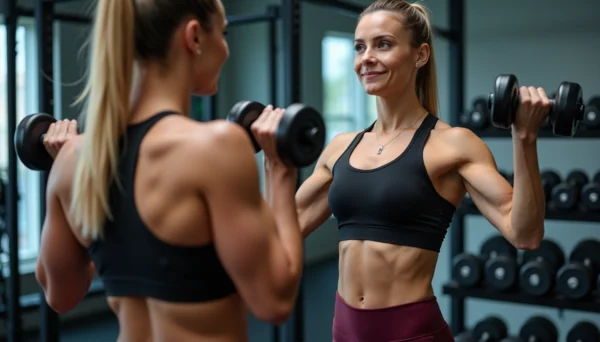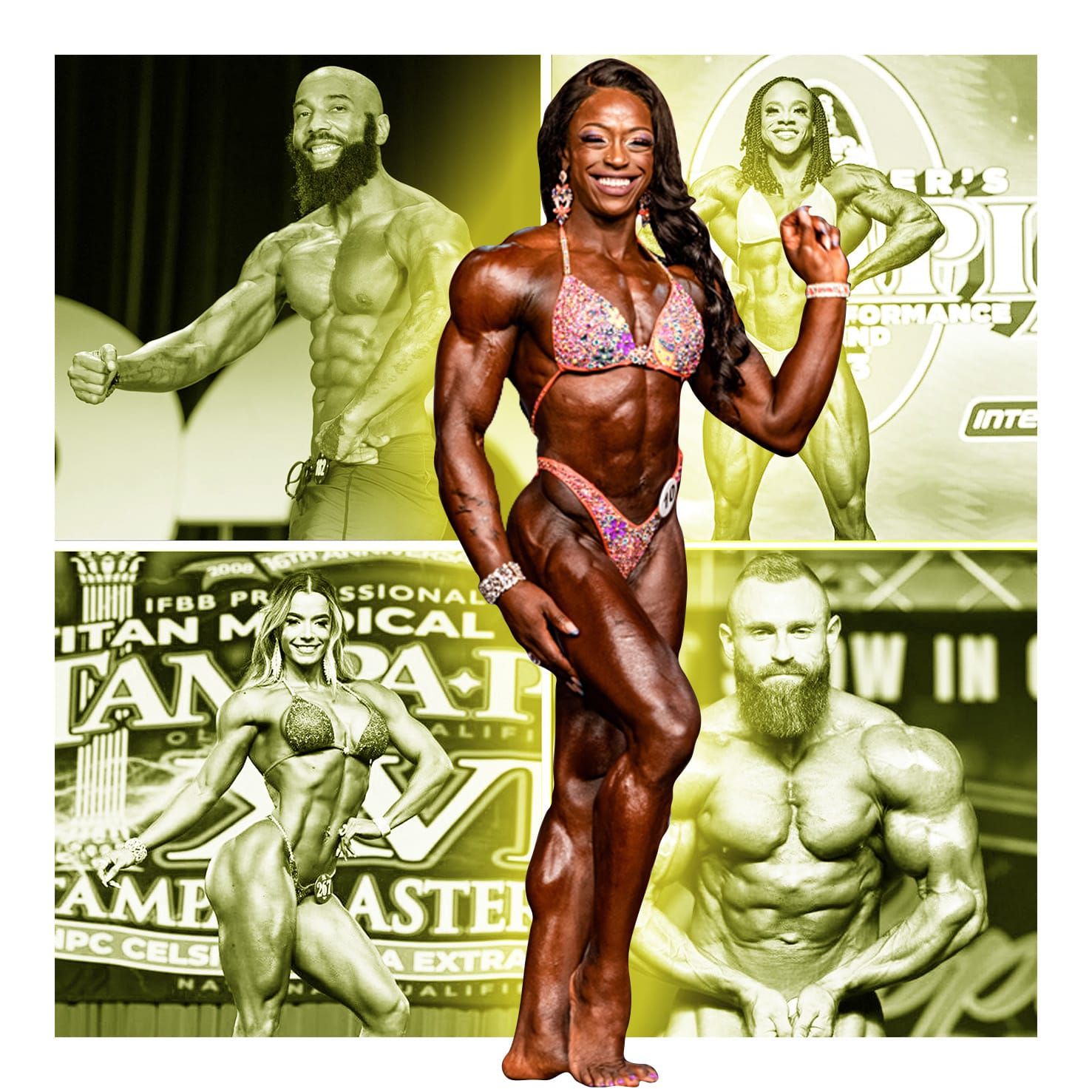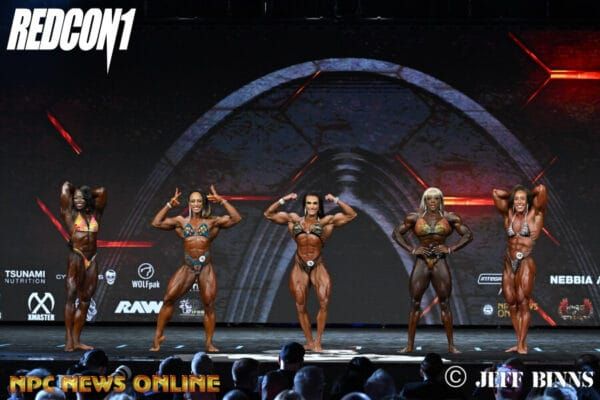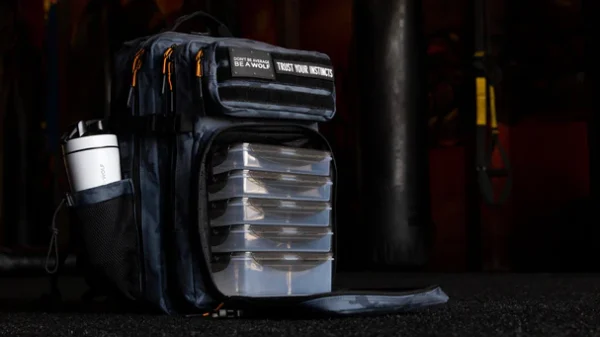
The Truth About Natural Women’s Bodybuilding: From Beginner to Competition Ready
Natural women’s bodybuilding remains one of the most misunderstood areas in fitness. Athletes like Natalie Hays showcase what dedication can achieve without performance-enhancing substances. Her



